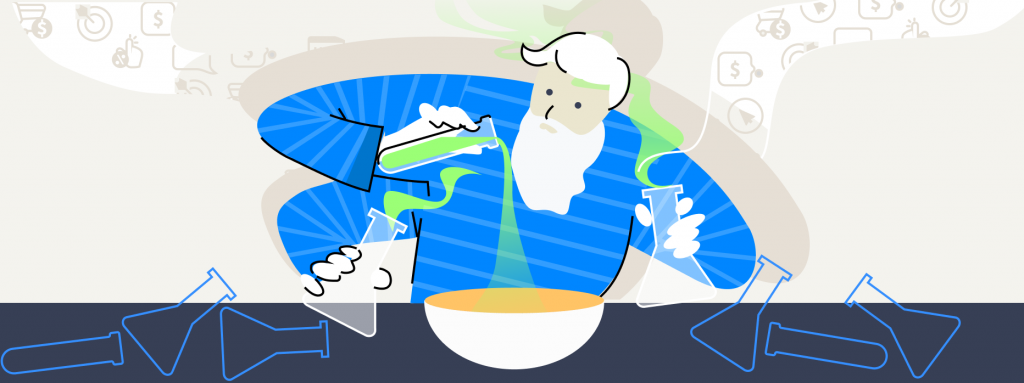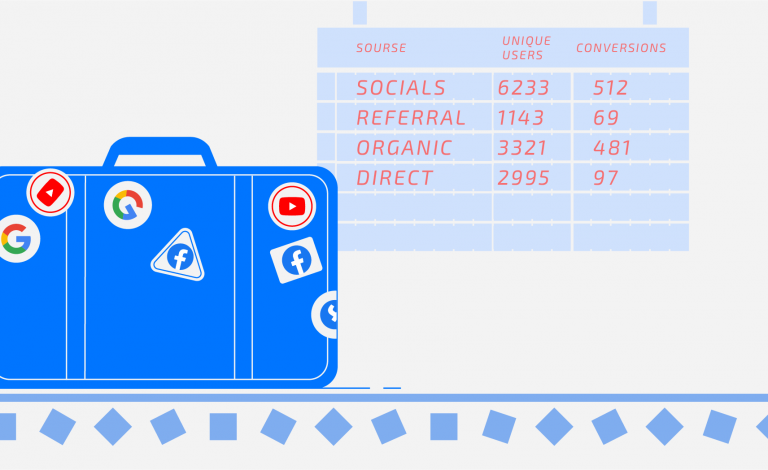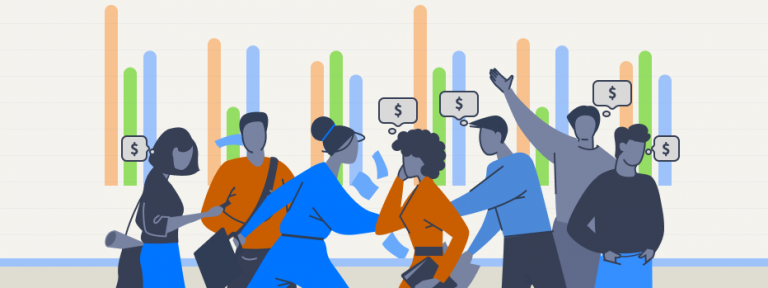While you wait for conversions to roll in, you can optimize your ads for lead generation and contact collection. However, this isn’t the most effective way to generate leads that will turn into actual customers.
Ultimately, the most effective methods start with first-party data and predictive technologies. Predictive technologies analyze the behavior of visitors to your website (via organic and paid) and calculate the probability a user buys based on how they interact with your site—and how much they may purchase.
All of this is first-party behavioral data that trains our machine learning algorithms. We don’t cross-pollinate the data sets from different customers. Once the data runs through Tomi.Ai’s algorithms, you can quickly gather very accurate predictions. Then, as more data comes in, you can continually iterate on your campaigns and prioritize conversions.
There are specific resources out of the box with Facebook and Google’s ad networks that are doing a great job. And you can help them perform significantly better if you add predictive conversions, available immediately.
1. Conversion API
Before 2020, ad platforms didn’t factor any external sales data into their targeting. With the right developer resources in place, you can now set up the API and boost the ROI of your campaigns with this smart bidding technique.
The Conversions API is a Facebook API that can tie your offline conversions and website events data to Meta. Google also offers the AdWords API for offline conversions.
Conversions API is a relatively new resource that Meta identifies can help you:
- improve your ad performance and attribution as customers interact with your brand on and offline
- optimize specific campaigns based on events that happen further down the funnel, such as post-subscription upsells
- reduce your cost per action as the API isn’t nearly as impacted by connectivity issues and ad blockers compared to pixel tracking
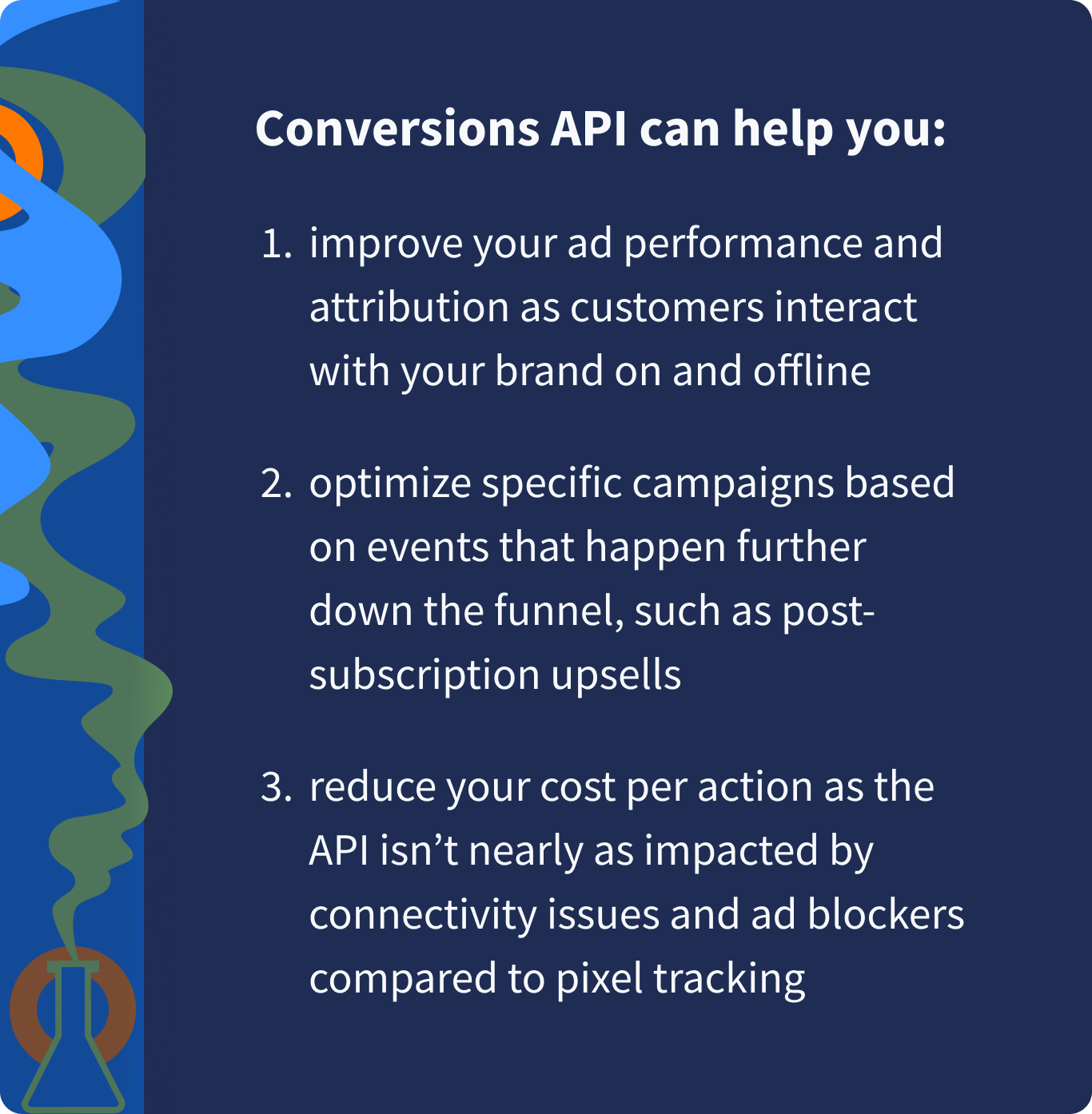
Keep in mind if you’re optimizing your campaign for lead generation, you need to have enough conversions to optimize for sales: 50 per campaign.
Get faster conversion-driven data
While Conversion API has a lot of benefits, it may not be the best fit if you need conversion information sooner.
Working in any industry with a longer sales cycle can take you months to meet that 50 sales per campaign requirement. That sales timeline doesn’t always fit the ad network’s attribution window. Even when you have a real conversion you can share, Facebook has a 7-day attribution window and Google Network is 90 days.
With predictive conversions, your feedback loop is exponentially faster. When you add a tracking pixel and use Tomi.ai to get predictive conversions, you have the predictive score ready to fire to an ad platform within two hours of a session. Any high intent visitor data goes straight to your ad platform so you can optimize ads quickly. You can make marketing decisions faster—including turning off ineffective channels or ads.
2. Look-alike audiences
As you may know, targeting a lookalike audience tells your ad network you want people similar to ones that have already converted. Look-alike audiences take similar characteristics from your existing customers and geared with that data ad platforms attempt to target users with those attributes.
For eCommerce brands, it’s easy to apply as you can create a look-alike audience based on people who purchased or have an item in their cart.
In real estate and other industries with longer sales cycles, your options out of the box are more restricted. You can create an audience based on who visited your site, but that targeting is too broad.
There’s also the option to add an audience similar to those that filled out your contact form. However, the targeting is still too broad and you may not have enough data to optimize properly.
In theory, you can create an audience based on your customers that bought a house. Odds are you don’t have enough data to support that segment. This particular segmenting requires 1,000 entries. In other words, you need to have sold 1,000 houses already.
Segment more effective audiences
Predictive algorithms identify (or single out) your site visitors with the highest intent and create a lookalike audience based on more custom rules around more precise behavioral patterns.
In an initial data-gathering phase, we analyze the behavior of buyers on your website to train the machine learning models. Next, any new users to your website receive a score based on their behavior. Our algorithms bucket users together that have the highest probability to buy. Then we push this audience data to ad platforms. Let’s say a conversion bought a home for $1 million. Predictive conversions can share with the ad networks to target more people like that conversion based solely on that user’s behaviors captured on your website.
Machine learning analyzes thousands of patterns to build a more accurate prediction that targets leads in their customer journey when they’re actually ready to buy. We’ve found so far our models are 10x more accurate than a person can be with any behavioral segmentation.
3. Retargeting
Retargeting ads let a business reach users again to close more deals.
Specific retargeting methods include:
Pixel-based retargeting – This is the most common method for retargeting where you tell the ad networks to retarget users based on specific events that occurred on your site such as visiting a specific page, filling out a form, or downloading an eBook.
Many brands start with this entry-level approach to retargeting.
List-based retargeting – With list-based retargeting, you take someone’s contact information into your database and upload those email addresses to the ad network. The platform identifies users from those addresses and serves retargeting ads on their network.
Dynamic retargeting – This is traditionally an eCommerce approach to retargeting. Here, marketers create personalized ads based on a variety of factors such as:
- items left in a person’s cart
- geographic location
- previous purchases
Retargeting is an amazing tool. In eCommerce, it’s easy to tell ad platforms you want to target visitors who abandon their carts. 70% of carts end up abandoned, giving eCommerce marketers a low-hanging fruit that wins revenue back. In a long sales cycle, there’s nothing as obvious as that segmentation. Instead, you’re responsible for narrowing down the audience.
But what if you could apply a more dynamic method to your non-eCommerce company and ensure ads reach your most high intent site visitors?
Deploy a more effective approach to retargeting
Rather than rely on widespread retargeting that diminishes your ROAS, you can draw clear conclusions about the intent of website visitors based on their on-site sessions and slice the retargeting segment further. Tomi.ai’s predictive scoring calculates every website visitor’s probability to buy. That way, you can retarget 3-5-10% with the highest potential to purchase—and not a broader bucket of users who show no sign they’ll ever buy from you.
Predictive visitor scores take the concept of dynamic retargeting ten steps further. Tomi.ai can take the actions your site visitors complete in a session and continually re-score the likelihood that these users will buy from you. By doing this, you can segment your retargeting audience further based on the visitors who are the warmest leads.
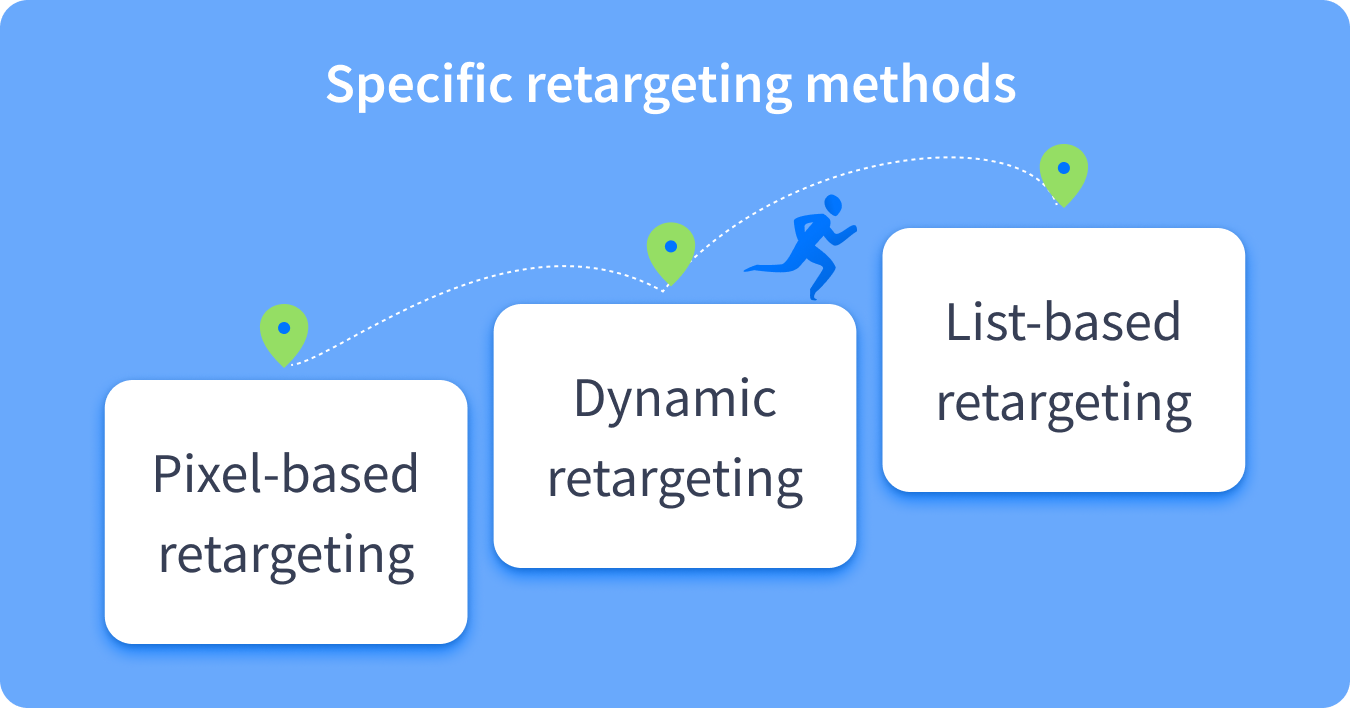
Bring a more revenue-focused strategy to ad segmentation
B2B brands see substantial results applying machine learning models from Tomi.ai to their advertising. Our customers using predictive conversions see a 50-150% boost in their ROAS.
Find out more on how Tomi.ai can help you optimize every ad campaign. Contact us today.
